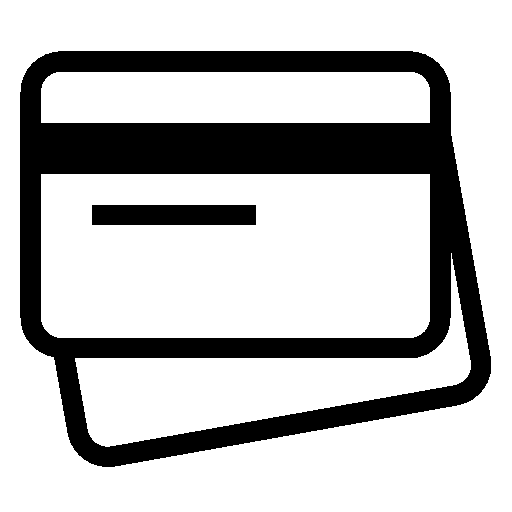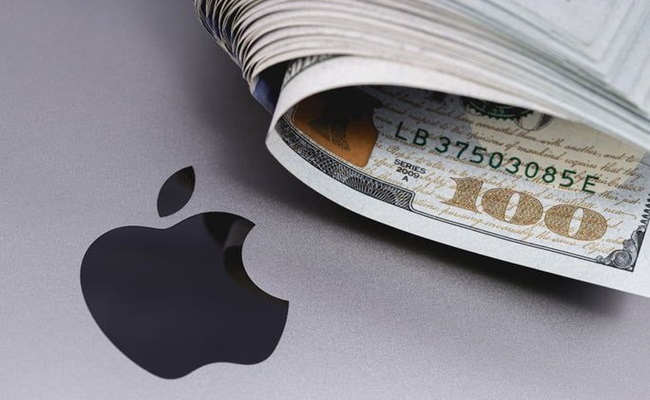Store credit cards are popular for their attractive perks, such as exclusive discounts, loyalty rewards, and interest-free financing offers. However, these cards often come with high-interest rates and strict repayment terms, leading many consumers into debt. As financial hardships arise, individuals may wonder: Can store credit card debt be forgiven? This article delves into the topic, exploring options for debt forgiveness, potential pitfalls, and how consumers can manage or eliminate store credit card debt effectively.
Understanding Store Credit Card Debt
Store credit cards differ from traditional credit cards in several ways. While they provide appealing incentives for loyal customers, they typically feature:
- Higher Interest Rates: Store credit cards often have annual percentage rates (APRs) exceeding 20-30%, which can quickly increase debt balances for unpaid amounts.
- Limited Usability: Unlike general credit cards, store cards are typically only usable at the issuing retailer, making them less versatile.
- Deferred Interest Clauses: Many store cards offer promotions like “0% interest for six months.” However, if the full balance isn’t paid off by the end of the promotional period, all accrued interest is charged retroactively.
These factors make store credit card debt particularly challenging to manage, especially for individuals who encounter unexpected financial difficulties.
Can Store Credit Card Debt Be Forgiven?
The simple answer is yes, but it depends on the circumstances. While complete forgiveness of store credit card debt is rare, there are specific scenarios and programs that may result in debt relief. Let’s explore the possibilities:
1. Bankruptcy
One of the most direct ways to seek forgiveness for credit card debt, including store cards, is through filing for bankruptcy. However, this should always be considered a last resort due to its significant consequences on your credit score and financial future.
- Chapter 7 Bankruptcy: This involves liquidating non-exempt assets to pay creditors. Most unsecured debts, including store credit card debt, can be discharged.
- Chapter 13 Bankruptcy: In this case, debts are restructured into a repayment plan lasting three to five years. Remaining balances may be forgiven after the repayment period.
While bankruptcy can eliminate or reduce store credit card debt, it comes with long-term effects on your credit report, usually lasting 7-10 years, and can impact future borrowing ability.
2. Debt Settlement
Debt settlement involves negotiating with creditors to reduce the total amount owed. In some cases, store credit card issuers may agree to forgive a portion of the debt if you can pay a lump sum or agree to a structured settlement.
- Pros: Reduces the debt you owe, potentially by 40-60%, and helps avoid bankruptcy.
- Cons: Debt settlement can harm your credit score, and forgiven debt may be considered taxable income.
Working with a reputable debt settlement company or attempting to negotiate directly with the creditor can yield positive results, but this process often requires patience and persistence.
3. Hardship Programs
Many store credit card issuers offer hardship programs to assist customers facing financial challenges. These programs are not widely advertised, so you may need to contact the card issuer directly to inquire about available options.
- Temporary Relief: Issuers may offer reduced interest rates, waived fees, or extended payment terms to help you regain financial stability.
- Debt Forgiveness: In rare cases, creditors may agree to forgive a portion of the balance, especially if they believe the full debt is unlikely to be recovered.
Participation in a hardship program is usually contingent on demonstrating financial hardship, such as job loss, medical expenses, or other unforeseen circumstances.
4. Statute of Limitations
The statute of limitations is the legal timeframe during which creditors can sue you to collect a debt. If the statute of limitations expires, creditors can no longer pursue legal action, effectively rendering the debt uncollectible. However, this does not erase the debt from your credit report or absolve you from moral responsibility.
- The statute of limitations varies by state, typically ranging from 3 to 10 years.
- Making a payment or acknowledging the debt may reset the statute of limitations, so proceed carefully.
While this method doesn’t constitute formal forgiveness, it can alleviate legal pressure to repay the debt.
Challenges of Store Credit Card Debt Forgiveness
Despite the potential for debt forgiveness, consumers should be aware of the challenges and limitations:
- Credit Score Impact
- Pursuing debt forgiveness through bankruptcy, debt settlement, or even hardship programs may negatively affect your credit score. Missed payments, reduced balances, or accounts labeled as “settled” rather than “paid in full” can linger on your credit report for years.
- Tax Consequences
- Forgiven debt is often considered taxable income. For example, if you owe $5,000 and negotiate a settlement for $2,500, the forgiven $2,500 may be subject to income tax, increasing your financial burden.
- Persistence in Negotiation
- Creditors are not obligated to forgive your debt and may resist initial efforts at negotiation. Consumers need to be prepared to provide documentation, make counteroffers, and, in some cases, seek professional assistance.
Alternatives to Debt Forgiveness
If full debt forgiveness is not feasible, consider these alternative strategies to manage or eliminate store credit card debt:
1. Debt Consolidation
Debt consolidation involves combining multiple debts into a single loan with a lower interest rate. This can simplify repayment and reduce the overall cost of borrowing. Options include:
- Personal loans
- Balance transfer credit cards (if applicable to your situation)
- Home equity loans
2. Credit Counseling
Credit counseling services provide professional guidance to help you create a budget, negotiate with creditors, and develop a plan to eliminate debt. Many nonprofit organizations offer these services for free or at a low cost.
3. Snowball or Avalanche Method
Debt repayment strategies like the snowball or avalanche method can help you tackle store credit card debt systematically:
- Snowball Method: Focus on paying off the smallest debts first, building momentum as you progress.
- Avalanche Method: Prioritize debts with the highest interest rates to minimize the overall cost.
4. Cutting Expenses
While this may seem obvious, reducing discretionary spending and allocating more funds toward debt repayment can significantly accelerate the process. Consider temporarily eliminating luxury expenses and redirecting those savings to your store credit card balances.
5. Increasing Income
Boosting your income through a side hustle, freelance work, or a part-time job can provide the extra funds needed to pay down debt faster. Even small increases in income can make a big difference over time.
Preventing Store Credit Card Debt in the Future
Once you’ve addressed your existing debt, it’s crucial to adopt habits that prevent future financial challenges:
- Avoid Impulse Purchases: Use store credit cards only when planned and necessary, not for impulsive spending.
- Pay in Full: If possible, pay off the entire balance each month to avoid interest charges.
- Stick to a Budget: Track your spending and ensure you’re living within your means.
- Limit Store Card Use: Consider switching to general credit cards with lower interest rates and broader usability.
Final Thoughts
While store credit card debt can be forgiven under specific circumstances, achieving forgiveness is often challenging and comes with consequences. Bankruptcy, debt settlement, hardship programs, and the statute of limitations are potential avenues for relief, but each requires careful consideration.
For most consumers, the best approach is to focus on managing and eliminating debt through structured repayment strategies, professional guidance, and financial discipline. By understanding your options and taking proactive steps, you can regain control of your finances and move toward a debt-free future.




